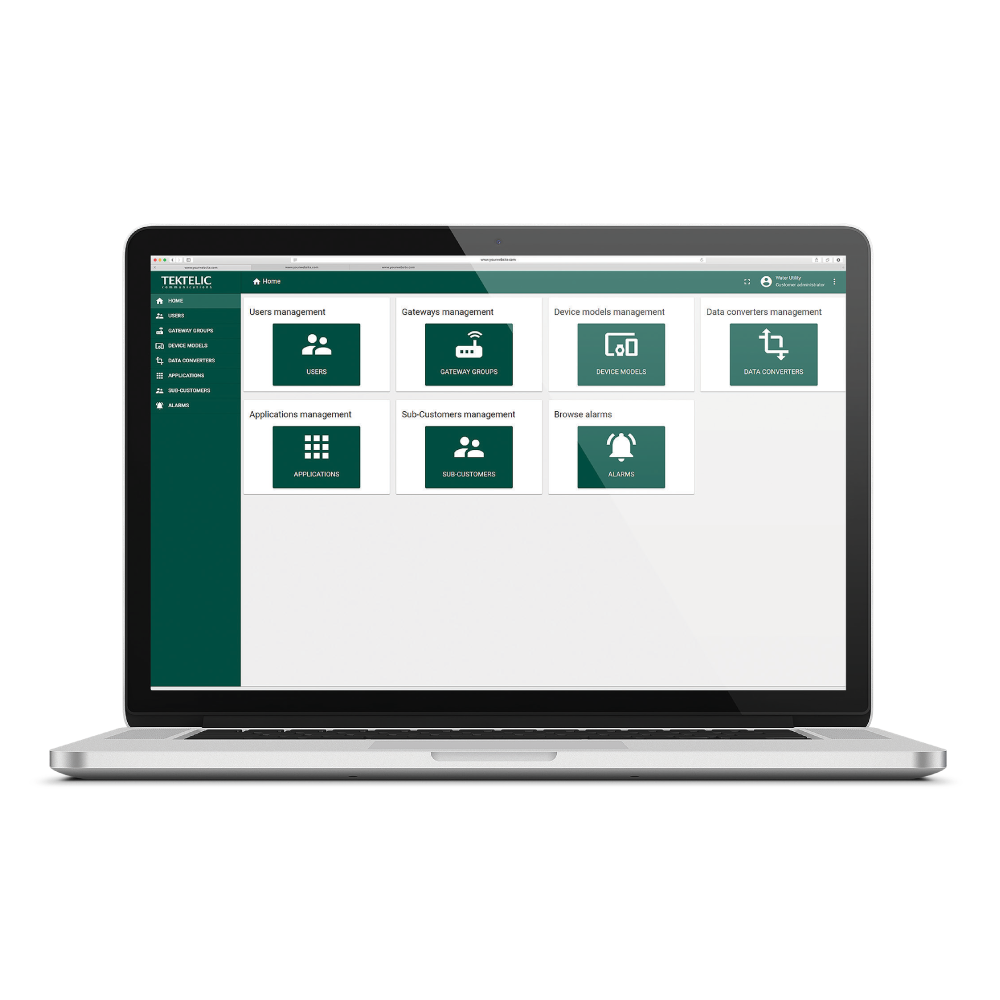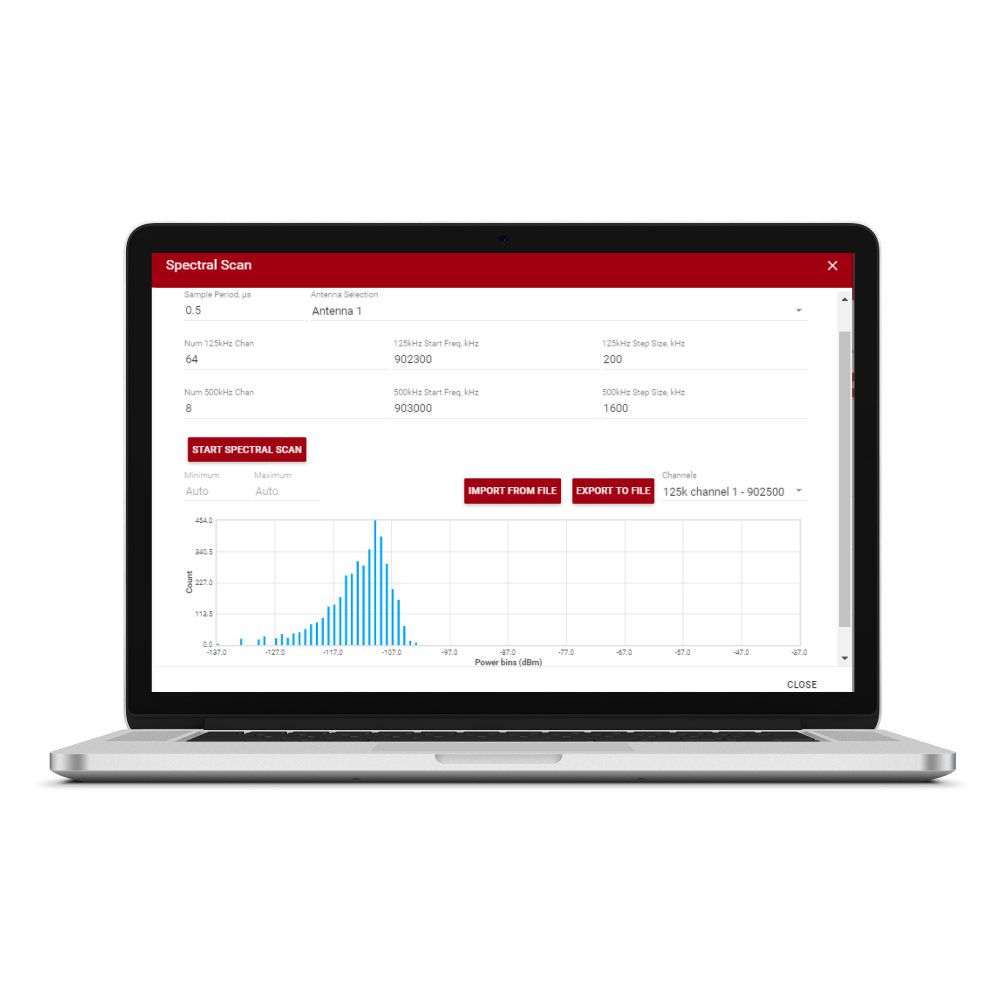TEKTELIC software services provide high-capacity storage and access to files and facilitate sharing data resources on the network. Files are stored on the network server, giving multiple computers access to the same file simultaneously. Our software services can become an excellent solution for your business as our services support applications, databases, resource planning, schedule programs, and photo/video storage.
What are the operating principles of cloud servers?
Cloud servers are essential components of the LoRaWAN network and are responsible for critical tasks such as managing connections with gateways, configuring network settings, and providing secure data storage on cloud platforms.
They offer virtual storage facilities where data from various IoT devices, including sensors and gateways, is stored. Users can transmit data to these servers via the Internet and access or manage it using a web-based interface. This system ensures data safety through redundancy, as cloud storage typically maintains multiple data copies across different servers, enhancing data recovery and security measures.
In operational terms, cloud servers facilitate communication with gateways through specific commands and protocols, authenticate end devices, and manage the deduplication of data transmissions. Cloud servers play a pivotal role in encrypting data received from sensors or gateways, thereby maintaining secure transmission to end devices.
Is it possible to install TEKTELIC’s network server on-premises?
Yes, it is possible to install TEKTELIC’s network server on-premises. This means you can set up and manage the network server locally within your own IT infrastructure.
An on-premises installation gives you complete control over the network server, including its management, maintenance, and security, ensuring you can tailor the setup to meet your specific organizational needs and requirements.
However, it’s important to ensure that your on-premises infrastructure meets the necessary technical specifications for successfully installing and operating the network server.
Can TEKTELIC’s cloud servers be integrated with existing IoT infrastructures?
Yes, TEKTELIC’s cloud solutions are designed to be compatible and integrable with existing IoT infrastructures. They offer flexible and adaptable cloud services that can work alongside various IoT platforms and devices. This integration capability allows businesses to enhance their current IoT systems with TEKTELIC’s advanced cloud services without the need for significant overhauls or replacements.
TEKTELIC focuses on ensuring its solutions can seamlessly connect with a wide range of sensors, gateways, and other IoT components, regardless of the original manufacturer, to provide a cohesive and efficient IoT ecosystem. This approach enables businesses to leverage their existing investments in IoT infrastructure while benefiting from the added features and capabilities of TEKTELIC’s cloud offerings.
How to Increase the Security of the Server?
Taking a few steps to increase the security of your server is an excellent way to protect your online data and prevent your server from being hacked. You can prevent bad actors from gaining access to your server page by disabling the root user via SSH. By default, a root user has access to everything, and once an attacker has access to a server via SSH, they already have half of the information they need to gain access. Disabling the root user login and default password will also prevent the root user from being able to log in. Disabling the root user login, can prevent casual brute-force attacks and make your server more secure.
Another way to secure your cloud server is to enable two-factor authentication. You can significantly increase the security of your server by enabling two-factor authentication. It requires the user to authenticate themselves in an additional way when accessing the server. This method is far more secure than password-based logins. Enabling two-factor authentication is a good idea for many businesses, and it can help you create an additional protection layer for your IoT system. Not only does it make it difficult for attackers to access your server, but it also enables you to keep your device users safe.



